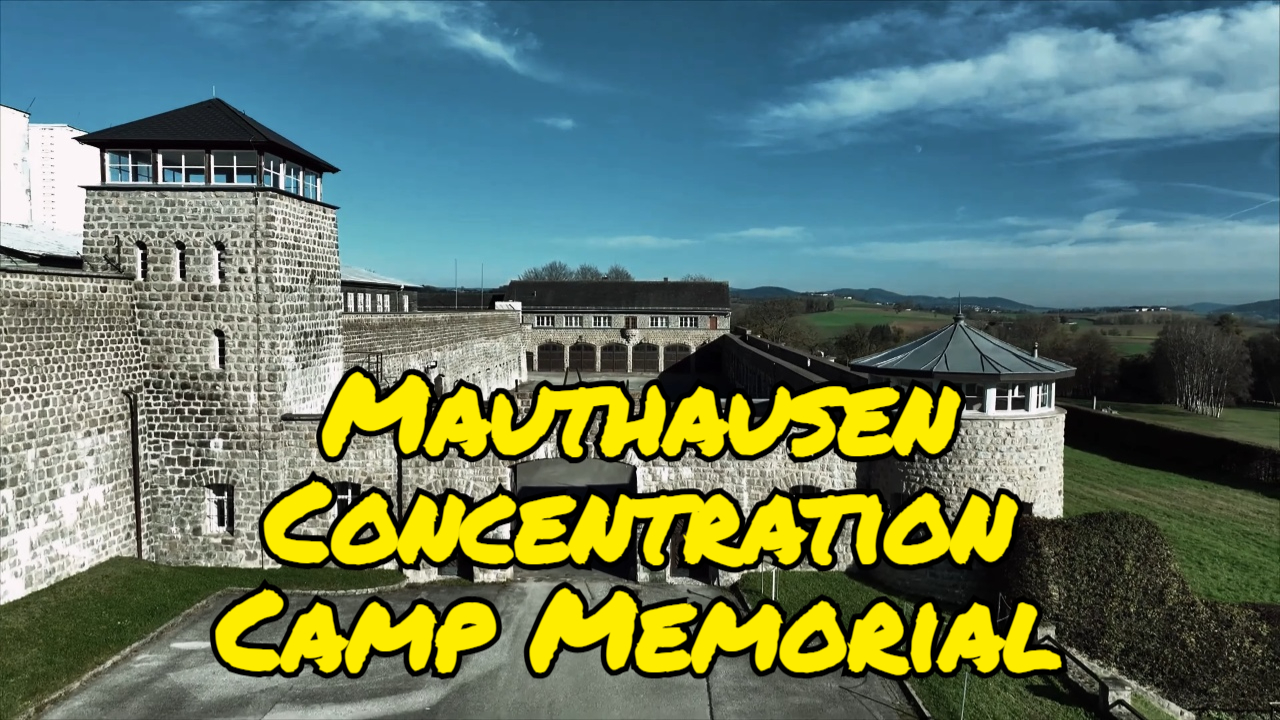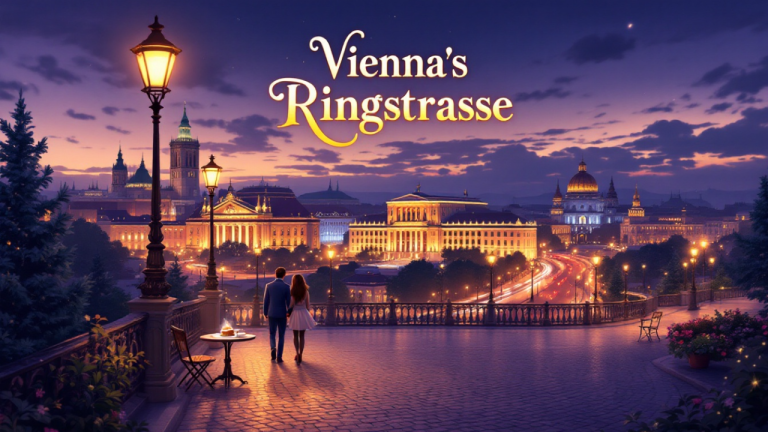Mauthausen: A Journey Through Humanity’s Darkest Hour

Nestled in the tranquil hills of Upper Austria, just 20 kilometers east of Linz, lies a place that demands solemn reflection—the Mauthausen Concentration Camp Memorial. On the surface, it may appear as a cluster of stone buildings and open fields, but these grounds are heavy with history. Over 190,000 souls passed through its gates between 1938 and 1945, with more than 90,000 lives tragically lost. A visit to Mauthausen is not just a historical exploration; it is an emotional and transformative experience that forces us to confront the depths of human cruelty and the resilience of the human spirit.
Historical Context: The Origins of Mauthausen
The story of Mauthausen begins in August 1938, shortly after the Anschluss, when Austria was annexed into Nazi Germany. Its location was strategically chosen for its proximity to a granite quarry, where prisoners were subjected to grueling and often fatal labor. Unlike many other camps, Mauthausen was classified as a grade three camp—reserved for political enemies deemed the most dangerous to the Reich. This classification made it one of the harshest in the entire Nazi system.
The prisoners were a diverse group: Jews, communists, socialists, Jehovah’s Witnesses, Roma people, Spanish Republicans, and an alarming number of intellectuals, artists, and academics. These individuals represented everything the Nazis sought to extinguish. Perhaps the most chilling aspect of Mauthausen was its systemic cruelty. Death came not only through gas chambers or executions but also through starvation, psychological torment, and backbreaking labor. The infamous “Stairs of Death” epitomized this—it forced prisoners to carry heavy granite blocks up steep steps, often to their deaths.
A Memorial with a Purpose
Today, the Mauthausen Memorial stands as a beacon of remembrance and education. It goes beyond documenting history to engage visitors in meaningful dialogue about the dangers of hatred and inhumanity. The transformation of the site began with its immediate restoration after World War II, but significant strides were made in recent decades. The opening of a new visitor center in 2003 and a comprehensive permanent exhibition in 2013 have brought the stories of this dark chapter to life in an impactful way.
Walking through the memorial, visitors encounter survivor testimonies, personal artifacts, and preserved areas such as the gas chamber and crematorium—irrefutable evidence of the atrocities committed. The “Room of Names,” a digital project that strives to record every victim’s identity, is particularly moving, restoring stolen humanity to those who suffered here. These exhibits are curated with meticulous care, ensuring that the memory of Mauthausen’s victims endures.
Why Everyone Should Visit
Mauthausen is not a place for passive observation; it is an emotional journey. Standing in the preserved barracks, hearing the voices of survivors, or witnessing the small, tattered uniforms worn by child prisoners leaves a lasting impression. The juxtaposition of the serene surroundings—green fields, chirping birds—with the horrors that occurred here is both jarring and thought-provoking. It forces the question: How could such monstrous acts happen amid such beauty?
The memorial offers more than historical insight; it fosters empathy and self-reflection. Guided tours and interactive exhibits allow visitors to explore the stories of individual prisoners, bridging the gap between past atrocities and contemporary issues like racism and xenophobia. This site is not just a remembrance of the past; it is a call to action for the present and future.
The Emotional Weight and Its Significance
Few experiences prepare you for the visceral impact of Mauthausen. The small gas chamber, no larger than a suburban living room, and the meticulously documented death registers are stark reminders of the systematic nature of genocide. The sheer scale of suffering is overwhelming, yet this emotional weight is precisely why the memorial is so vital. It teaches us that evil is often banal—carried out not by monsters, but by ordinary people. This stark truth underscores the importance of vigilance in safeguarding human rights.
Hope Amid the Ruins
Despite its dark history, Mauthausen also stands as a testament to hope and resilience. Survivors return to share their stories, and visitors leave messages of peace and solidarity. Each year on May 5, the anniversary of its liberation by U.S. forces in 1945, ceremonies are held to honor the victims and renew the vow: “Never Again.”
The International Monument Park, where nations affected by the camp have erected memorials, serves as a powerful symbol of unity against hatred. The Nazis intended Mauthausen to obliterate lives and identities, but today it stands as a place of enlightenment and collective memory. It is a rare example of how a historical site can educate, inspire, and challenge us to build a better future.
Why Mauthausen Matters
The lessons of Mauthausen resonate deeply in today’s world. As antisemitism, xenophobia, and authoritarianism rise in some parts of the globe, the memorial serves as a stark reminder of what can happen when hatred is left unchecked. By preserving this site and sharing its stories, Austria and the international community show a commendable moral courage, ensuring that the atrocities of the past are neither forgotten nor repeated.
Visiting Mauthausen is more than a history lesson. It is a profound and humbling journey through humanity’s darkest hours, offering lessons of empathy, perseverance, and hope. As you walk through its grounds, you’re reminded of the importance of remembering the past to protect the future. What are we doing today to ensure such horrors never happen again?






